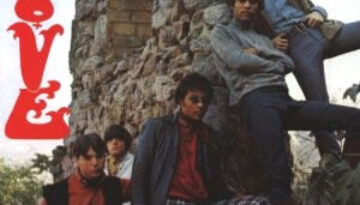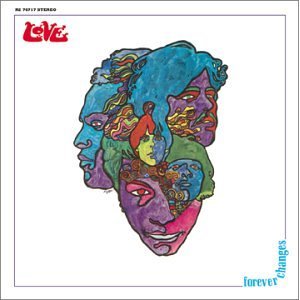Love
Buy Love The Los Angeles based band Love had a rather short but important ride on the sixties rock scene. Although they never quite reached national or international fame, the band was extremely […]

Buy Love The Los Angeles based band Love had a rather short but important ride on the sixties rock scene. Although they never quite reached national or international fame, the band was extremely […]

Buy Forever Changes/a> Forever Changes is the third album by the folk rock band Love, and has become their crowning achievement musically. It is a richly produced and sonically fine album which was […]